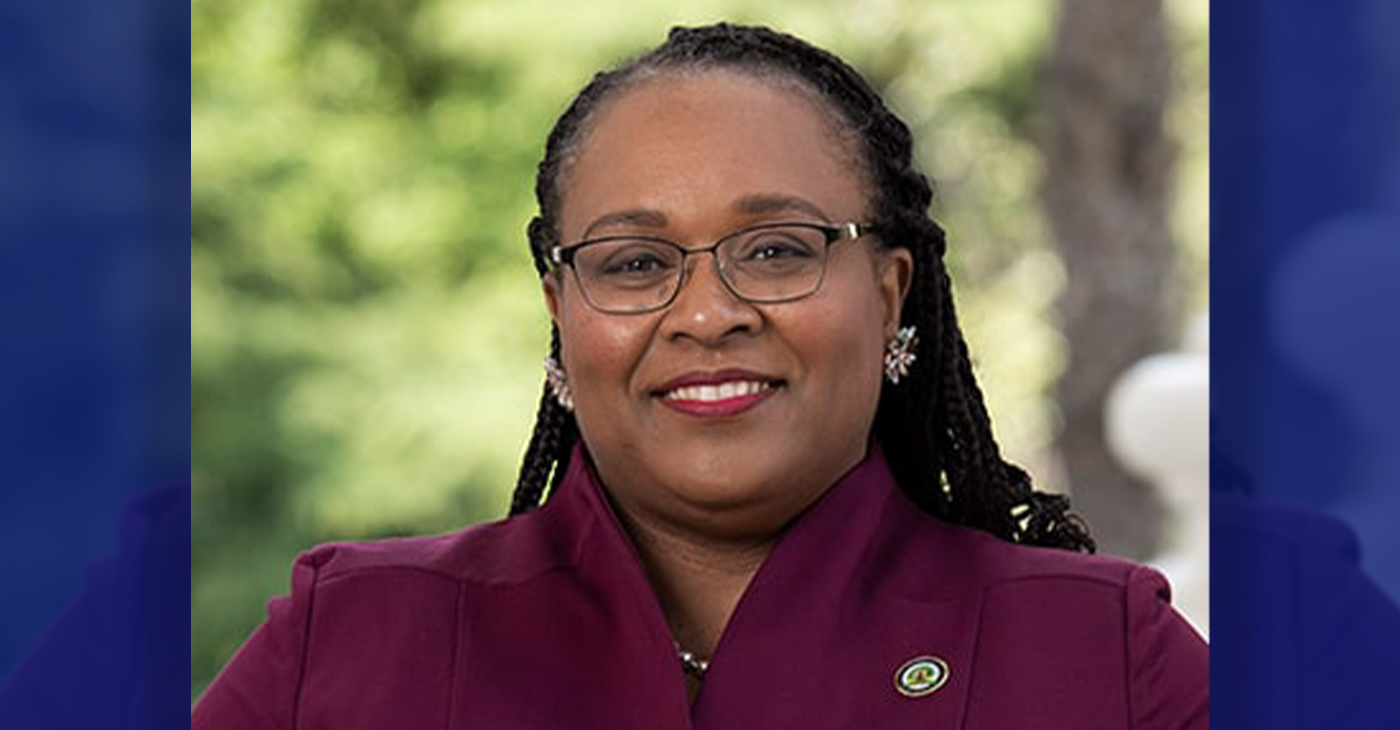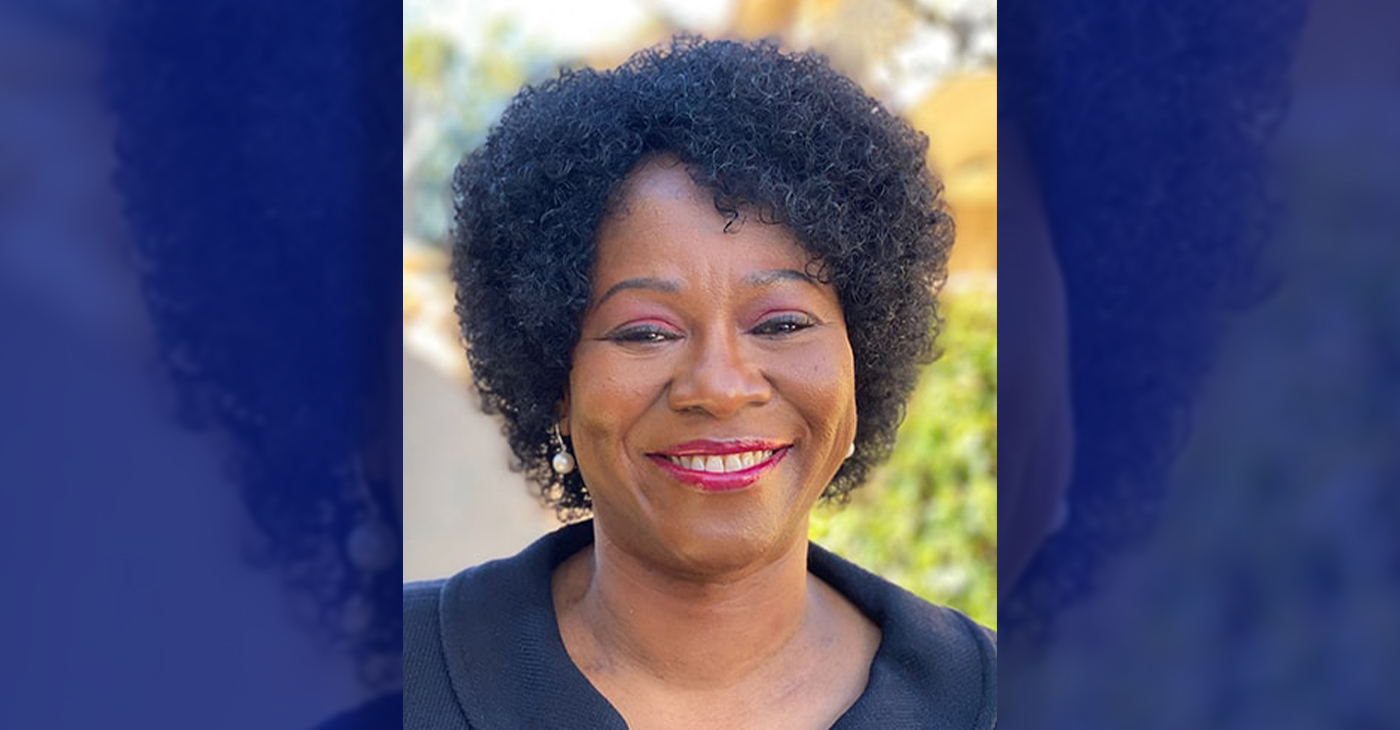Commentary
COMMENTARY: Wisconsin Must Shift Youth Justice Policy to Promote Transformative Change
MILWAUKEE COURIER — As Wisconsin looks to establish a new correctional system for youth, it is incumbent upon us to act with great urgency to respond to the immediate crisis at Lincoln Hills and Copper Lake Schools. We must take deliberate action to promote youth justice system reforms that are most effective, safe, sustainable and support proper care and treatment of our youth.
By Milwaukee Courier
As Wisconsin looks to establish a new correctional system for youth, it is incumbent upon us to act with great urgency to respond to the immediate crisis at Lincoln Hills and Copper Lake Schools. We must take deliberate action to promote youth justice system reforms that are most effective, safe, sustainable and support proper care and treatment of our youth.
While Act 185 has many merits, it doesn’t go far enough. Act 185, which this administration inherited, only marginally improves the status quo while a paradigm shift is needed. Instead of pushing for transformational change, it aims to improve conditions of confinement without reducing the number of youth Wisconsin places in locked custody or the state’s carceral footprint.
In their 2011 publication, No Place for Kids: The Case for Reducing Juvenile Incarceration, the Annie E. Casey Foundation outlined six failings of America’s juvenile corrections facilities. It stated that juvenile corrections facilities are dangerous, ineffective, unnecessary, obsolete, wasteful and inadequate. Given the poor outcomes of Lincoln Hills and Copper Lake, it would be fair to similarly categorize Wisconsin’s juvenile corrections facilities by these pitfalls.

Lincoln Hills School (LHS)
In response to these failings, the Casey Foundation identified six priorities including limiting the eligibility for correctional placements, investing in promising non-residential alternatives, changing the financial incentives, adopting best practice reforms for managing youth offenders, replacing large institutions with small, treatment-oriented facilities, and using data to hold systems accountable. The State of Missouri and Wayne County, Michigan (Detroit) are examples of jurisdictions who used these strategies to eliminate state juvenile correctional facilities and realize remarkable reductions of youth in secure care facilities.
Reports by the Center for Children’s Law and Policy and Columbia University Justice Lab have outlined the successes of the Close to Home initiative implemented in New York City. Since 2011, the model successfully reduced the need for secure care for youth and lowered youth crime rates when compared to the rest of New York State. Other jurisdictions like Philadelphia and Houston are looking to learn from the Close to Home model, as they respond to the failures of their large correctional facilities. The success of models like Close to Home have now prompted over 50 justice system leaders to sign a statement calling for the closure of all youth prisons and placing these youth at home with rigorous community programming, or in small, home-like facilities close to the youth’s families.
If revisions to the DOC 347 were made, Milwaukee County could develop smaller, more home-like secure settings for the majority of youth at Lincoln Hills and Copper Lake and renovate two pods in the Detention Center to serve the youth in need of additional internal structure and security. Only a small number of the youth committed to restrictive custodial care actually require the type of Wisconsin Must Shift Youth Justice Policy to Promote Transformative Change internal security available within a detention center or correctional facility. We believe that such a plan could result in significant savings and reduce the overall institutional footprint, while providing a more trauma-informed and engaging treatment environment for most youth.
Wisconsin has the second highest rate of disparity in confinement between white and black youth in the nation. Black youth are 15 times more likely than white youth to be confined in our state. This is not only true in Milwaukee. It is true across our state. We cannot incarcerate our way out the problems our youth are facing. We must find a better way, and our best opportunity is now.
It is critical to strengthen the network of providers, mentors, coaches, employers, teachers, and advocates who look like and have similar life experiences as our youth. Programs like Running Rebels help young people be successful and lead healthy, prosocial lives. However, it is imperative that we continue to expand the capacity for mentors with lived experience, vocational training, alternative educational, recreational resources and socioeconomic advancement opportunities for underserved youth and families in Milwaukee.
The history of juvenile prison failures spanning decades and across over 30 states, territories, and the District of Columbia, coupled with our own tragic and troubling experiences within Lincoln Hills and Copper Lake Schools more than justify the call for the closing of all youth prisons. To that end, the state should eliminate “Type I” facilities and build regional Secure Residential programs. If we aspire to establish a new, therapeutic treatment culture in our youth justice system, we must understand that words matter. We must do everything within our power to assure that our history of abusive institutions does not repeat itself and we must do so at this critical juncture.
We believe that these proposed changes will position our state to continue to pursue transformative improvements. It is only through this pursuit that we can establish an effective, sustainable and fiscally responsible youth justice system. Wisconsin should not waste this tremendous opportunity to redefine who we are as a state when it comes to youth justice.
This article originally appeared in the Milwaukee Courier.
Activism
Big God Ministry Gives Away Toys in Marin City
Pastor Hall also gave a message of encouragement to the crowd, thanking Jesus for the “best year of their lives.” He asked each of the children what they wanted to be when they grow up.

By Godfrey Lee
Big God Ministries, pastored by David Hall, gave toys to the children in Marin City on Monday, Dec. 15, on the lawn near the corner of Drake Avenue and Donahue Street.
Pastor Hall also gave a message of encouragement to the crowd, thanking Jesus for the “best year of their lives.” He asked each of the children what they wanted to be when they grew up.
Around 75 parents and children were there to receive the presents, which consisted mainly of Gideon Bibles, Cat in the Hat pillows, Barbie dolls, Tonka trucks, and Lego building sets.
A half dozen volunteers from the Big God Ministry, including Donnie Roary, helped to set up the tables for the toy giveaway. The worship music was sung by Ruby Friedman, Keri Carpenter, and Jake Monaghan, who also played the accordion.
Big God Ministries meets on Sundays at 10 a.m. at the Mill Valley Community Center, 180 Camino Alto, Mill Valley, CA Their phone number is (415) 797-2567.
Activism
2025 in Review: Seven Questions for Assemblymember Lori Wilson — Advocate for Equity, the Environment, and More
Her rise has also included several historic firsts: she is the only Black woman ever appointed to lead the influential Assembly Transportation Committee, and the first freshman legislator elected Chair of the California Legislative Black Caucus. She has also been a vocal advocate for vulnerable communities, becoming the first California legislator to publicly discuss being the parent of a transgender child — an act of visibility that has helped advanced representation at a time when political tensions related to social issues and culture have intensified.

By Edward Henderson, California Black Media
Assemblymember Lori D. Wilson (D-Suisun City) joined the California Legislature in 2022 after making history as Solano County’s first Black female mayor, bringing with her a track record of fiscal discipline, community investment, and inclusive leadership.
She represents the state’s 11th Assembly District, which spans Solano County and portions of Contra Costa and Sacramento Counties.
Her rise has also included several historic firsts: she is the only Black woman ever appointed to lead the influential Assembly Transportation Committee, and the first freshman legislator elected Chair of the California Legislative Black Caucus. She has also been a vocal advocate for vulnerable communities, becoming the first California legislator to publicly discuss being the parent of a transgender child — an act of visibility that has helped advanced representation at a time when political tensions related to social issues and culture have intensified.
California Black Media spoke with Wilson about her successes and disappointments this year and her outlook for 2026.
What stands out as your most important achievement this year?
Getting SB 237 passed in the Assembly. I had the opportunity to co-lead a diverse workgroup of colleagues, spanning a wide range of ideological perspectives on environmental issues.
How did your leadership contribute to improving the lives of Black Californians this year?
The Black Caucus concentrated on the Road to Repair package and prioritized passing a crucial bill that remained incomplete during my time as chair, which establishes a process for identifying descendants of enslaved people for benefit eligibility.
What frustrated you the most this year?
The lack of progress made on getting Prop 4 funds allocated to socially disadvantaged farmers. This delay has real consequences. These farmers have been waiting for essential support that was promised. Watching the process stall, despite the clear need and clear intent of the voters, has been deeply frustrating and reinforces how much work remains to make our systems more responsive and equitable.
What inspired you the most this year?
The resilience of Californians persists despite the unprecedented attacks from the federal government. Watching people stay engaged, hopeful, and determined reminded me why this work matters and why we must continue to protect the rights of every community in our state.
What is one lesson you learned this year that will inform your decision-making next year?
As a legislator, I have the authority to demand answers to my questions — and accept nothing less. That clarity has strengthened my approach to oversight and accountability.
In one word, what is the biggest challenge Black Californians are facing currently?
Affordability and access to quality educational opportunities.
What is the goal you want to achieve most in 2026?
Advance my legislative agenda despite a complex budget environment. The needs across our communities are real, and even in a tight fiscal year, I’m committed to moving forward policies that strengthen safety, expand opportunity, and improve quality of life for the people I represent.
Activism
2025 in Review: Seven Questions for Assemblymember Tina McKinnor, Champion of Reparations, Housing and Workers’ Rights
In 2025, McKinnor pushed forward legislation on renters’ protections, re-entry programs, reparations legislation, and efforts to support Inglewood Unified School District. She spoke with California Black Media about the past year and her work. Here are her responses.

By Joe W. Bowers Jr., California Black Media
Assemblymember Tina McKinnor (D-Inglewood) represents
California’s 61st Assembly District.
As a member of the California Legislative Black Caucus (CLBC),
McKinnor was elected in 2022. She chairs the Los Angeles County Legislative Delegation and leads the Assembly Public Employment and Retirement Committee. McKinnor also served as a civic engagement director, managed political campaigns, and worked as chief of staff for former Assemblymembers Steven Bradford and Autumn Burke.
In 2025, McKinnor pushed forward legislation on renters’ protections, re-entry programs, reparations legislation, and efforts to support Inglewood Unified School District. She spoke with California Black Media about the past year and her work. Here are her responses.
Looking back on 2025, what do you see as your biggest win?
Assembly Bill (AB) 628. If rent is $3,000, people should at least have a stove and a refrigerator. It’s ridiculous that people were renting without basic appliances.
I’m also proud that I was able to secure $8.4 million in the state budget for people coming home from incarceration. That includes the Homecoming Project, the menopause program for incarcerated women, and the Justice Leaders Program.
How did your leadership help make life better for Black Californians this year?
After the Eaton Fire, I pushed to get the same kind of support for affected areas that wealthier regions get after disasters.
I also did a lot of work building political power— establishing the Black Legacy PAC and California for All of Us PAC so we could support Black candidates and educate voters. We also called voters to make sure they understood Prop 50.
People need to understand this: there are only 12 Black legislators in the Capitol. Folks act like we can just walk in and pass reparations, but that’s not how it works.
What frustrated you most this year?
The governor did not have the political will to sign these bills: AB 57 and AB 62. They both passed overwhelmingly in the Assembly and the Senate. We did the work. The only person who didn’t have the political will to sign them was the governor.
The public needs to ask the governor why he didn’t sign the bills. We can’t keep letting people off the hook. He has to answer.
I also introduced AB 51 — the bill to eliminate interest payments on Inglewood Unified School District’s long-standing state loan — held in the Appropriations Committee. That was frustrating,
What inspired you most in 2025?
The civil rights trip to Alabama was life changing. We visited the Legacy Museum and the National Memorial for Peace and Justice. We took members of the Black, Latino, Jewish, and API caucuses with us. It changed all of us.
People aren’t always against us — they just don’t know our history.
What’s one lesson from 2025 that will shape how you approach decisions next year?
The legislative trip to Norway taught me that collaboration matters. Government, labor, and industry sit down together there. They don’t make villains. Everybody doesn’t get everything they want, but they solve problems.
What’s the biggest challenge facing Black Californians in one word?
Inequity. It shows up in housing, wealth, stress – all these things.
What’s the number one goal you want to accomplish in 2026?
Bringing back AB 57 and AB 62, and securing money for the Inglewood Unified loan interest forgiveness.
-

 Alameda County4 weeks ago
Alameda County4 weeks agoSeth Curry Makes Impressive Debut with the Golden State Warriors
-

 Bay Area3 weeks ago
Bay Area3 weeks agoPost Salon to Discuss Proposal to Bring Costco to Oakland Community meeting to be held at City Hall, Thursday, Dec. 18
-

 #NNPA BlackPress4 weeks ago
#NNPA BlackPress4 weeks agoFBI Report Warns of Fear, Paralysis, And Political Turmoil Under Director Kash Patel
-

 Activism3 weeks ago
Activism3 weeks agoMayor Lee, City Leaders Announce $334 Million Bond Sale for Affordable Housing, Roads, Park Renovations, Libraries and Senior Centers
-

 Activism3 weeks ago
Activism3 weeks agoOakland Post: Week of December 10 – 16, 2025
-

 Arts and Culture3 weeks ago
Arts and Culture3 weeks agoFayeth Gardens Holds 3rd Annual Kwanzaa Celebration at Hayward City Hall on Dec. 28
-

 Activism3 weeks ago
Activism3 weeks agoOakland School Board Grapples with Potential $100 Million Shortfall Next Year
-

 Activism3 weeks ago
Activism3 weeks ago2025 in Review: Seven Questions for Black Women’s Think Tank Founder Kellie Todd Griffin

























































